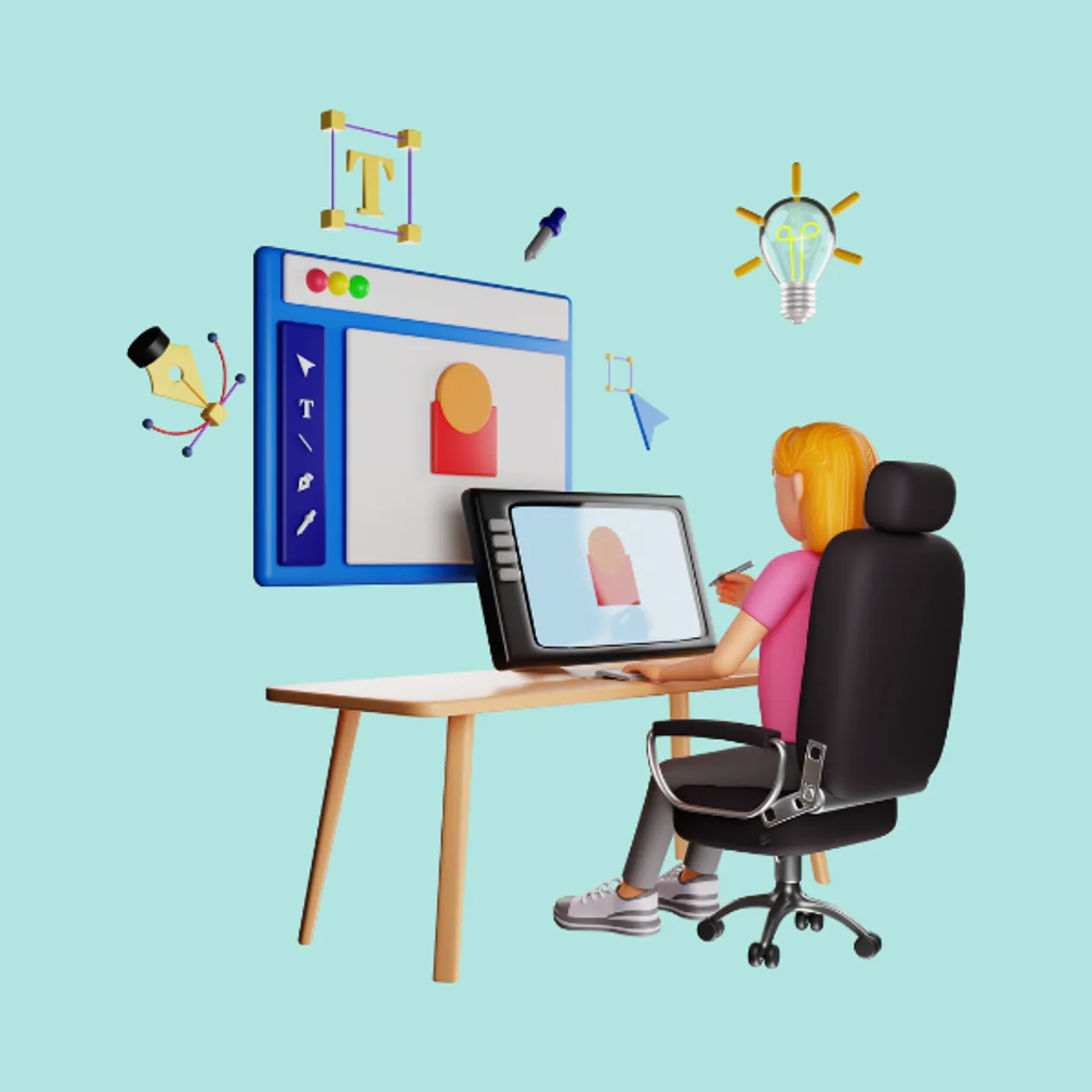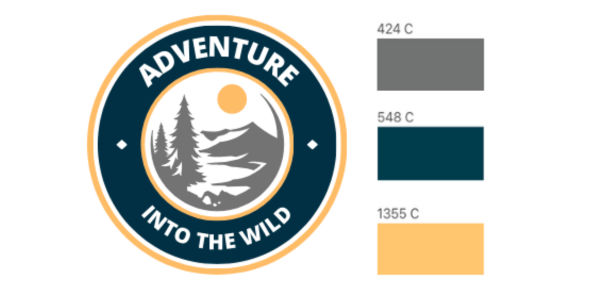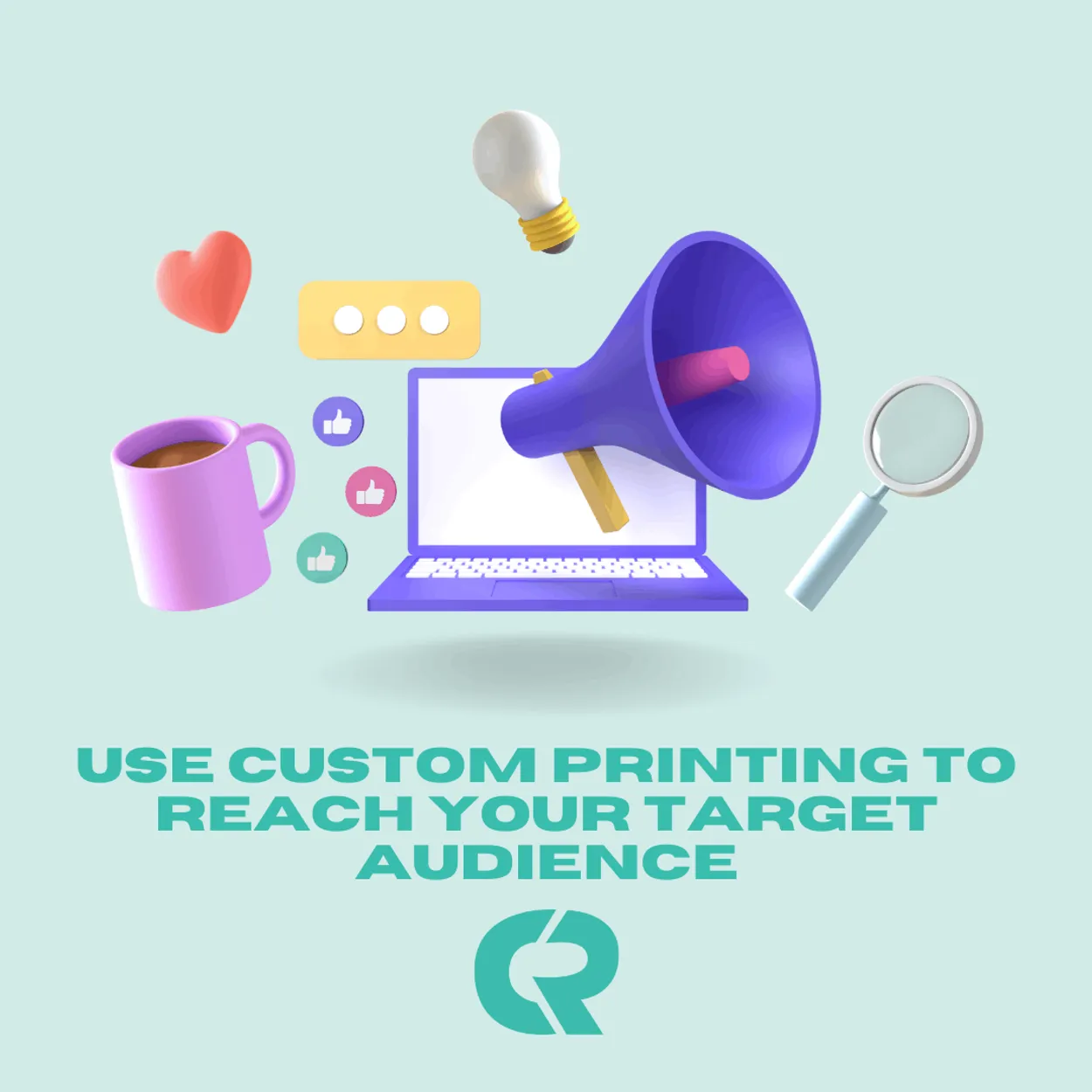Design Tips to Design Like a Pro

Tip 1: Have a high-resolution or vectorized file
Starting with a high-resolution or vectorized file is essential for achieving optimal print quality. High-resolution images, typically at 300 DPI (dots per inch) or higher, guarantee that your design appears sharp and detailed, preventing any pixelation or blurriness during the printing process. This level of clarity is crucial, especially when printing intricate or complex designs, as lower-resolution files can result in poor-quality prints. On the other hand, vectorized files, such as those created using programs like Adobe Illustrator, are the gold standard for print production. These files use mathematical paths instead of pixels, allowing them to be scaled up or down to any size without compromising quality, making them perfect for everything from small logos to large banners. By using high-resolution or vector files, you can ensure your design is reproduced exactly as intended, with clean lines and vivid colours.

Tip 2: Avoid These In Your Design
Avoid:
- Gradients
- Tight negative space,
- Text smaller than 0.15 inches
When creating designs for apparel printing, it's important to avoid certain design elements that can hinder print quality. Gradients, for example, can be challenging to reproduce accurately, as they often lose their smooth transitions when printed, leading to banding or inconsistent colour fades. Tight negative space is another issue to avoid—if the spacing between elements is too narrow, the design can appear cluttered or lose detail, making it difficult to distinguish between shapes or lines. Additionally, text smaller than 0.15 inches should be avoided, as it can become illegible once printed, especially on fabric where ink may spread slightly. By steering clear of these design challenges, you ensure a crisp, clean, and visually appealing result that translates well onto apparel.

Tip 3: Have Clear Pantone Colours in Your Design
To guarantee that your design is printed with the exact colours you envision, it's essential to provide clear Pantone codes for each colour in your design. Pantone colours are standardized across industries, ensuring consistency and accuracy in colour reproduction, regardless of the printing method or material. By specifying Pantone codes, you eliminate the guesswork and potential variations that can occur when translating digital colours to print, which is especially important for maintaining brand integrity or matching specific shades.
If you're unsure of the correct Pantone codes, our designers can assist with the process by colour-matching your design to the closest Pantone shades. This ensures that the colours you have in mind are perfectly translated to the final product, whether it's apparel or other printed items. Having a precise colour plan with Pantone codes helps avoid discrepancies and ensures your design comes out looking exactly as you intended.

Tip 4: Proper Print Placement
To achieve a high-quality, professional-looking design on apparel, it's essential to keep your design elements at a safe distance from the garment's seams. Placing designs too close to the seams can result in a variety of issues, such as distortion, uneven printing, and even missed sections where the fabric is uneven or difficult to print on. Seams create physical disruptions in the fabric, which can cause the design to warp or become misaligned during the printing process. This can result in a poor-quality print that looks unprofessional and detracts from the overall aesthetic.
By maintaining adequate spacing between your design and the seams, you ensure that the artwork is positioned on a smooth, flat surface, which allows for a more accurate and crisp print. This not only preserves the integrity of the design but also ensures that it stands out clearly without any interference from the garment's structural elements. The end result is a polished, clean, and visually appealing product that reflects a higher level of craftsmanship and attention to detail. Proper placement of design elements away from seams contributes to the overall quality and appeal of the final printed apparel.

Tip 5: Look Over Your Mockup
To ensure that your design and product are captured exactly as you envisioned, it's important to thoroughly review the mockup provided by our designers. This mockup is a visual representation of how your design will appear on the final product, so careful attention to detail is crucial. Take the time to inspect every aspect of the mockup, paying particular attention to the placement of your design. Make sure it’s positioned exactly where you want it on the garment, whether centred, aligned with a specific area, or at the correct height.
Dimensions are equally important—confirm that the size of your design is appropriate for the item and will be clearly visible when printed. Designs that are too small may lose impact, while oversized designs might not achieve the desired effect. Lastly, double-check the colours, ensuring they match your specifications or brand guidelines. If Pantone colours were provided, verify that the colours on the mockup align with your expectations. This thorough review process helps prevent any surprises and ensures the final product meets your exact vision, resulting in a finished piece you’ll be proud to showcase.

No need to stress if it's not perfect!
Our designers are here to assist you. Behind the scenes, our designers are implementing each of these tips after you submit your order to ensure your design is the best it can be. Once they have perfected your design, you will receive a high-quality mockup for your approval. If you need some design help please feel free to contact us at [email protected].









